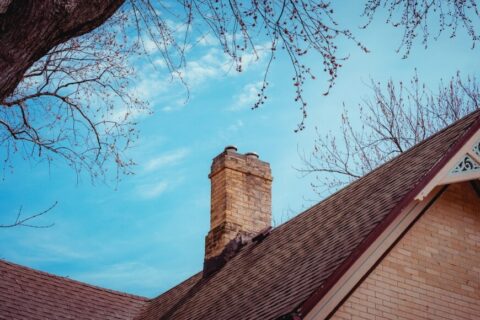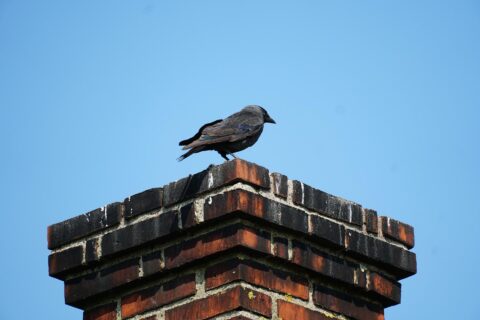What You Should Know About Leaky Chimneys
As long as your chimney serves its proper function of carrying smoke from the fire in your fireplace up and out of your house all winter long, you might assume that everything is fine with it. But don’t be so quick to let the spring and summer go by without giving this important fixture in your home a little bit of TLC.
After all, just because smoke is making its way out of your home just fine, that doesn’t mean there aren’t some undetected problems — mainly, that other elements are making their way in via cracks or other structural problems. These leaks might not be noticeable at first, but if neglected for too long, they’ll become a bigger and bigger problem.
Some of these problems brought on by chimney leaks might seem like nothing more than an inconvenience; however, they’re potentially setting you up for some serious property damage that could rack up a high bill to fix.
Here’s what you should know about leaky chimneys and what to watch out for…
The Different Types of Chimney Leaks
The challenge behind a leaky chimney is that there are many different kinds and causes. To identify what specific type of leak you’re looking at in your own home, you will likely need an inspection from a certified chimney technician. They’ll be able to examine all the components of your chimney to diagnose where the leak is, what is causing it, and what steps need to be taken to fix it.
Here are several parts of the chimney where your leak could be:
- The Chimney Crown: The crown of your chimney is that large slab of masonry or stone that surrounds the flue opening and covers the top part of the chimney. As you might expect, because this part of your chimney lies horizontal, it takes the most exposure from elements like snow, sleet, and even heavy rain.
Eventually, even the most durable of masonry can get worn down if it develops a crack. Water seeps in, and the freeze-thaw cycle can end up exacerbating these weak points until a small crack turns into a much larger one. - The Chimney Cap: This is the part of your chimney that protects the flue — it’s usually a metal structure, sometimes cage-like in its appearance, that sits on top of the crown and covers the flue. Because it is vented, smoke from the flue can still escape, but its vents are small enough that animals aren’t able to get in, and most precipitation is blocked from the flue opening.
At least, that’s how the cap is supposed to work. Sometimes it sustains damage, opening up the flue and exposing it to the elements. If something like water, debris, or even a small animal goes into the flue and gets stuck, this could cause damage to the flue liner, ultimately creating the potential for bigger problems. - Masonry: Like the chimney crown, the masonry — that is, the brick and mortar that make up the main part of your chimney — is incredibly durable. Unfortunately, it’s not unbreakable. Brick and mortar are porous materials, which make them ideal for letting smoke and gas pass through. But when water gets into one of those pores and goes through the freeze-thaw cycle, ultimately expanding when it turns to ice, then melting away when the temperatures rise again…well, you’re looking at a tiny pore becoming a much bigger gap. After several freeze-thaw cycles, even the tiniest of cracks or holes in the masonry can expand into a much bigger problem.
- Flashing: The final component of your chimney that could possibly sustain damage is the flashing. These are the metal strips that seal the joint where the chimney meets the roof. Flashing is sealed with waterproof products that keep the rain and snow from getting in between the cracks. These waterproof seals can sometimes wear away because of old age or especially harsh weather. In other situations, the seal might not have been high quality to begin with, or a poorly done roof renovation could leave the flashing vulnerable. Leaks coming in through the flashing will resemble what you would see from a leaking roof, with water dropping from the ceiling or behind the walls.
How to Address Leaks
The best way to take care of a leak is by being proactive — you want to catch these problems when they’re small. Routine annual maintenance, including both an inspection and a sweeping, will go a long way in identifying places where your chimney is damaged or deteriorating.
It’s also important to have your fireplace sufficiently waterproofed with a masonry sealant. This type of sealant will allow the brick and mortar to retain their semi-porous quality, thus letting smoke out of your chimney the way they’re supposed to, but while blocking water from being absorbed into the pores.


